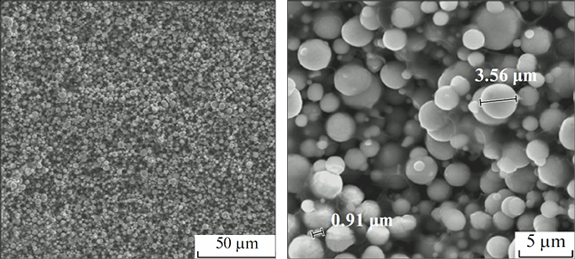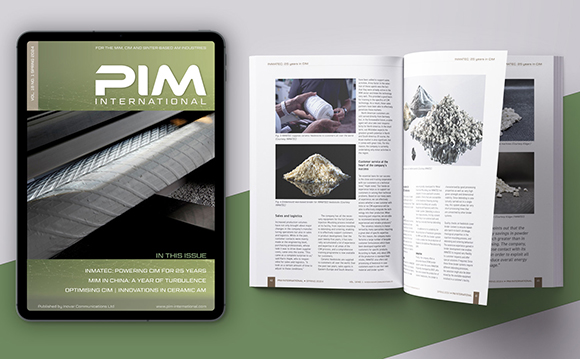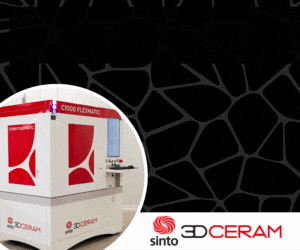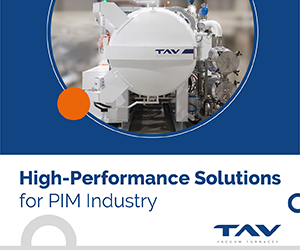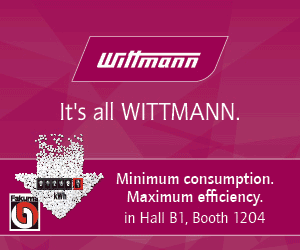Russian researchers work to ensure domestic MIM feedstock supply
December 3, 2015
A.V. Parkhomenko and colleagues at the Samara State Technical University stated in a paper published in the Russian Journal of Non-Ferrous Metals (Vol. 56, No. 1, 2015, pp 68-72) that Russian MIM production is lagging behind other countries around the world due to the absence of a domestic supply of MIM feedstock. They further stated that companies in Russia which are developing and producing MIM parts are mostly reliant on imported feedstock such as BASF’s Catamold system. Catamold was said to be the most widely used ready-to-use feedstock for both metal and ceramic injection moulding and is based on two major ingredients (a) polyoxymethyline (POM) which is also known as polyacetal or polyformaldehyde and (b) polyethylene. This type of binder ensures good strength and ease of handling of the injection moulded parts and excellent retention of shape and dimensions of complex shapes during debinding and sintering.
Five years ago researchers at the Department of Materials Science, Powder Metallurgy & Nanomaterials at Samara State Technical University embarked on the development of a domestically produced MIM binder and feedstock system also based on polyformaldehyde. They selected ingredients that are all available domestically; carbonyl iron powder (0.7 to 7 µm particle size), polyformaldehyde, paraffin wax, stearic acid, high pressure polyethylene and low pressure polyethylene. Some 32 feedstock formulations were investigated. The feedstock was produced under laboratory conditions with varying quantities by weight of binder and carbonyl iron powder contents. Paraffin wax and/or stearic acid were used as additives and the melt fluid indices (MFI), which is the rate the fluid (binder) is moved through a capillary under specific conditions, were measured.
As the Tekhnaset A-110 grade polyformaldehyde has a melting point of 170°C, the authors selected this temperature as the optimum mixing temperature for the preparation of the binder/feedstock. The polyformaldehyde was added to the iron powder in a blade mixer at 160°C and stirred for 5 min to obtain uniform distribution of metal powder and binder materials. After mixing the temperature was increased at a rate of 1K/min to 195°C at which temperature polyformaldehyde plasticises. Paraffin wax and/or stearic acid were added to the mix at this temperature with final mixing done for 20 min at 210°C to attain a homogeneous feedstock mixture and plastic state suitable for extrusion.
The prepared feedstock was then placed into a heated matrix (205°C) and a cord was produced using a hydraulic press. The compaction pressure to produce the cord depended on the carbonyl iron powder content in the feedstock mixture. The optimum metal content was found to be in the range of 88.9 – 89.5%, which required a compaction pressure of 15-20 MPa.
The authors reported that the calculated value for porosity in the resulting feedstock granules was an average of 3.98%. The microstructures of feedstock samples show a uniform distribution of both the polymer binder and the metal powder particles. Two examples are shown in Fig. 1. The ultimate tensile strength of the injection moulded parts from the feedstock was stated to be a uniform 36-44 MPa and the melting point of the samples produced on a laboratory scale was found to be in the range 168-174°C. The authors have supplied the MIM feedstock produced at Samara State Technical University for testing at a Moscow-based MIM producer. Further tests are being carried out on the samples produced.




